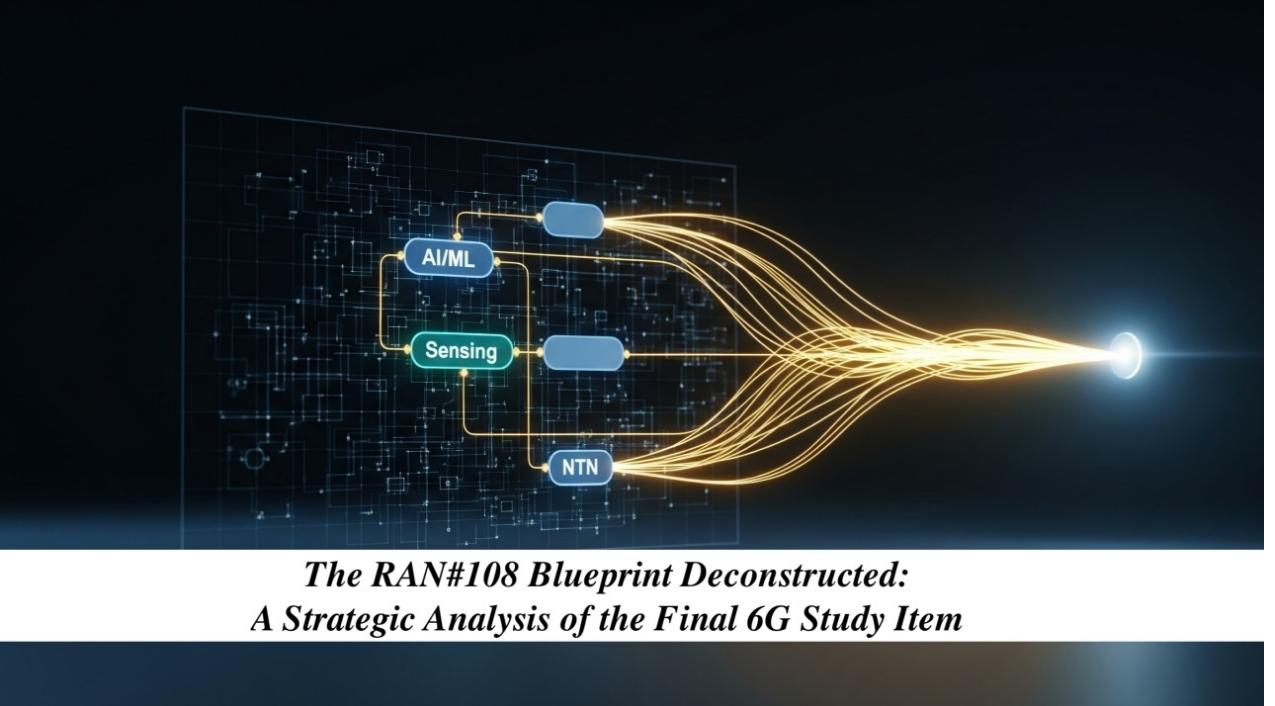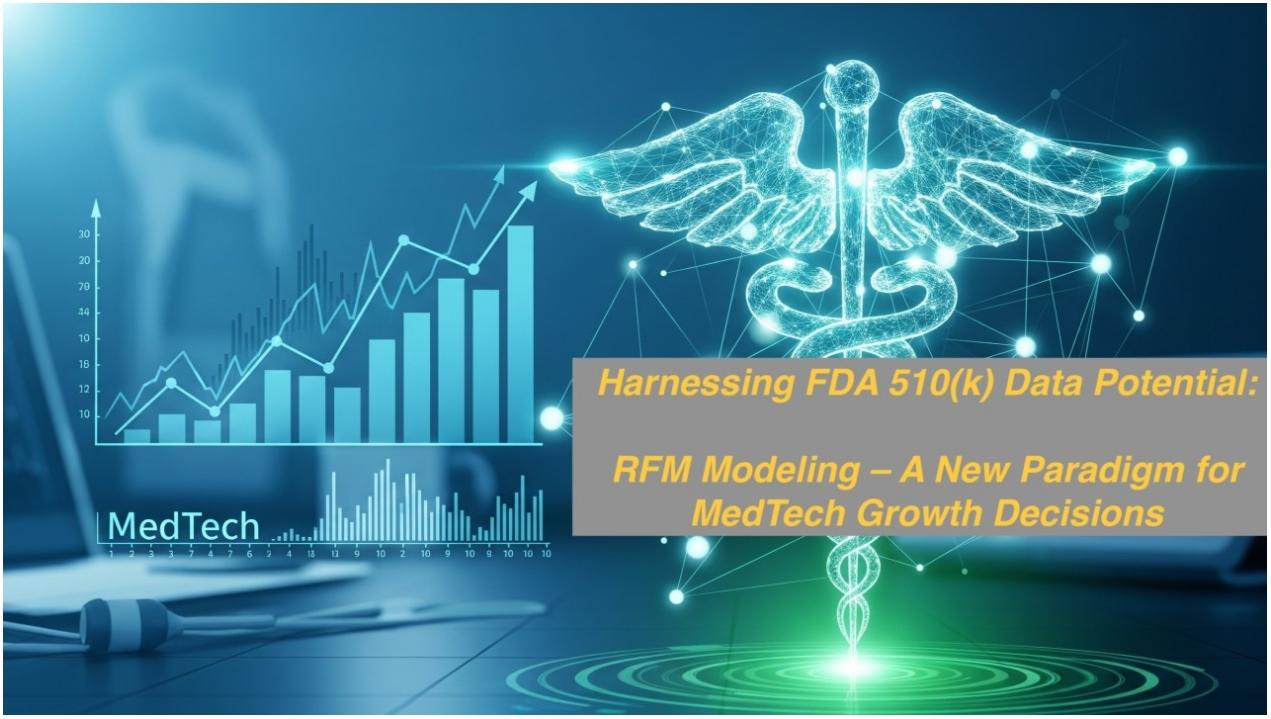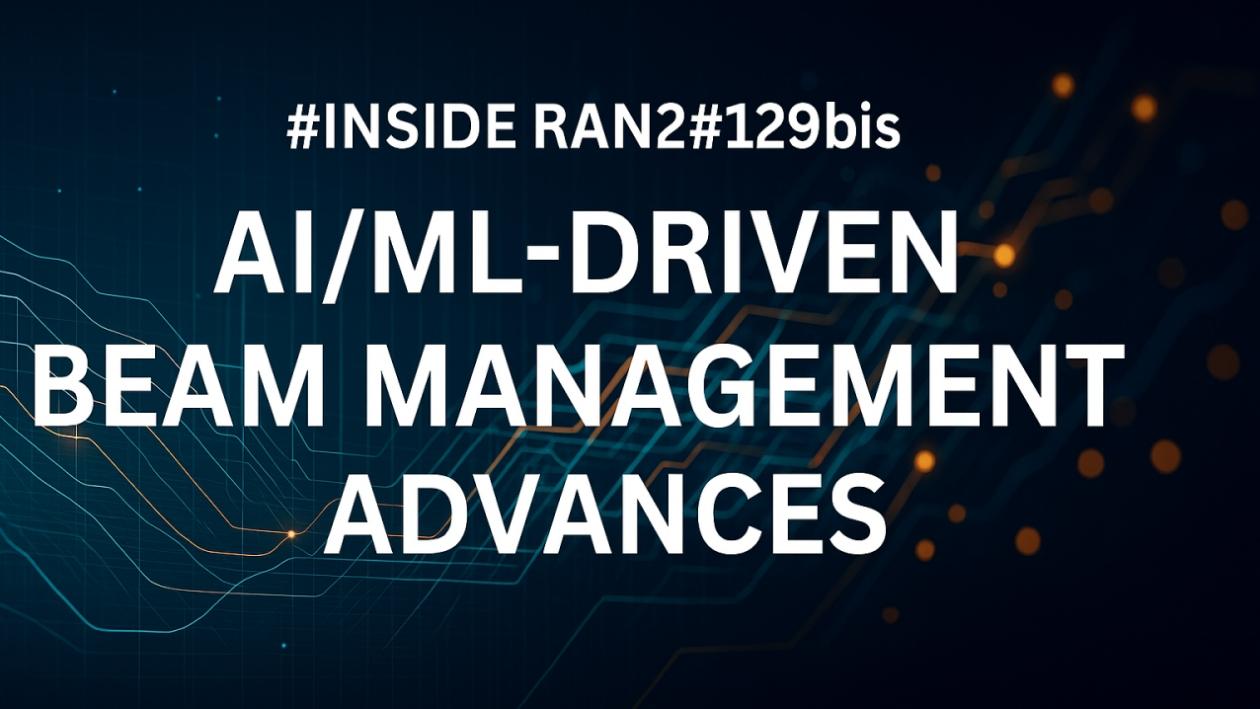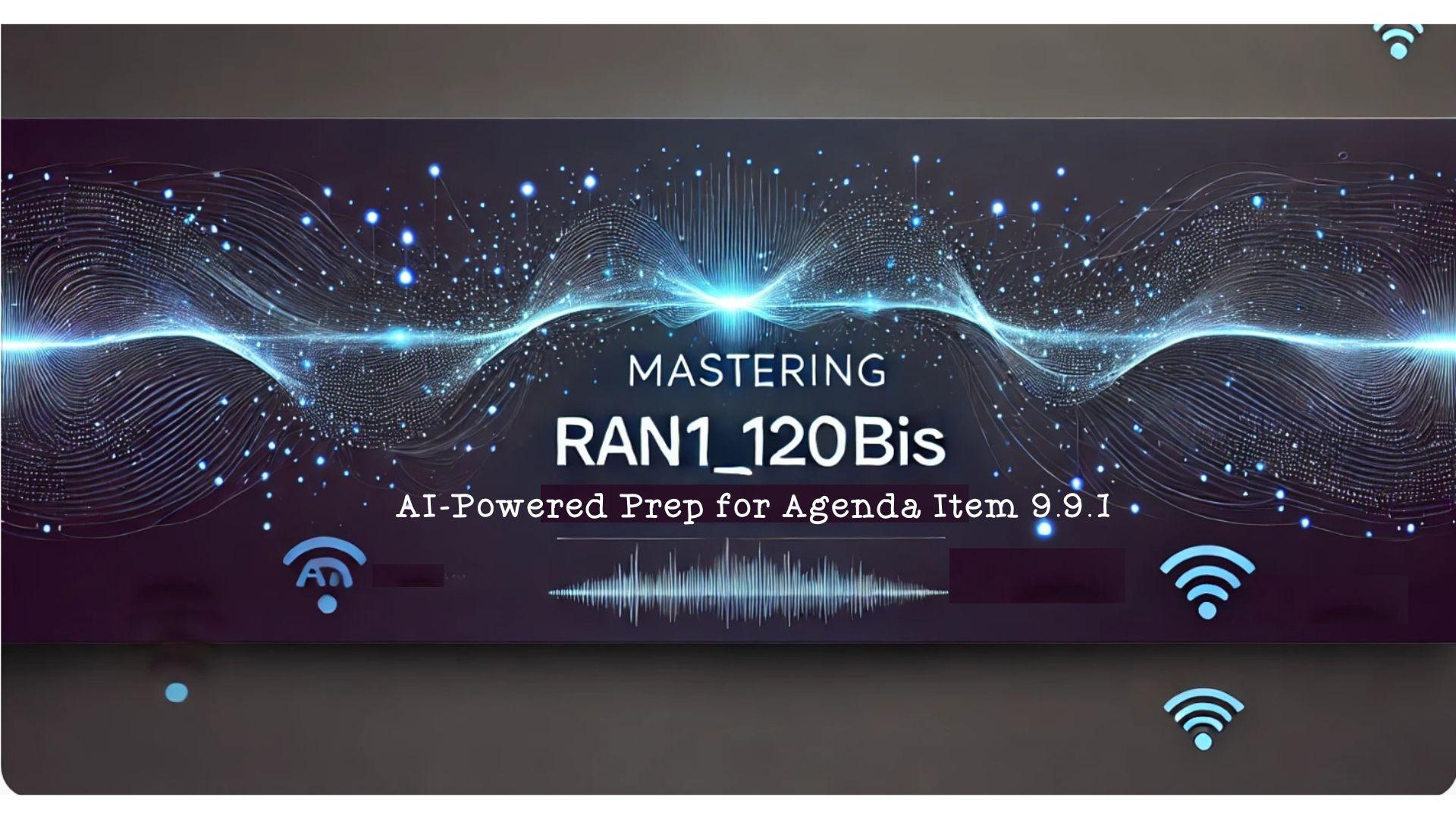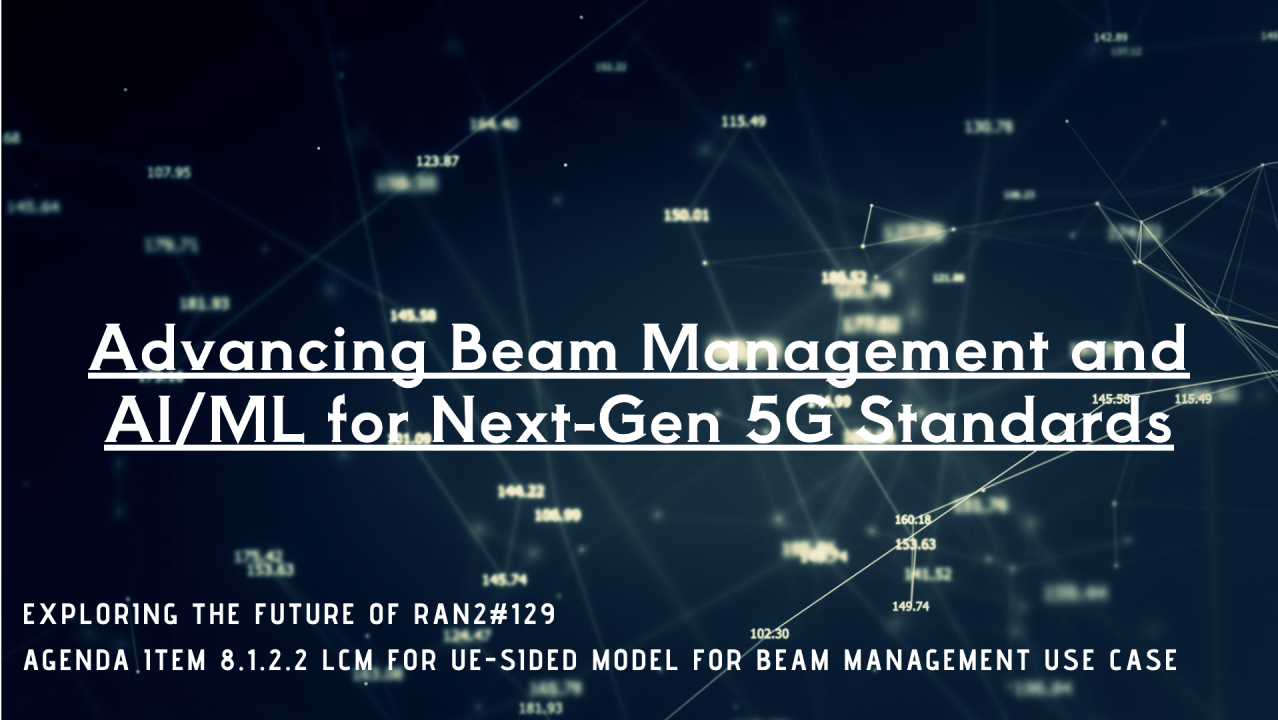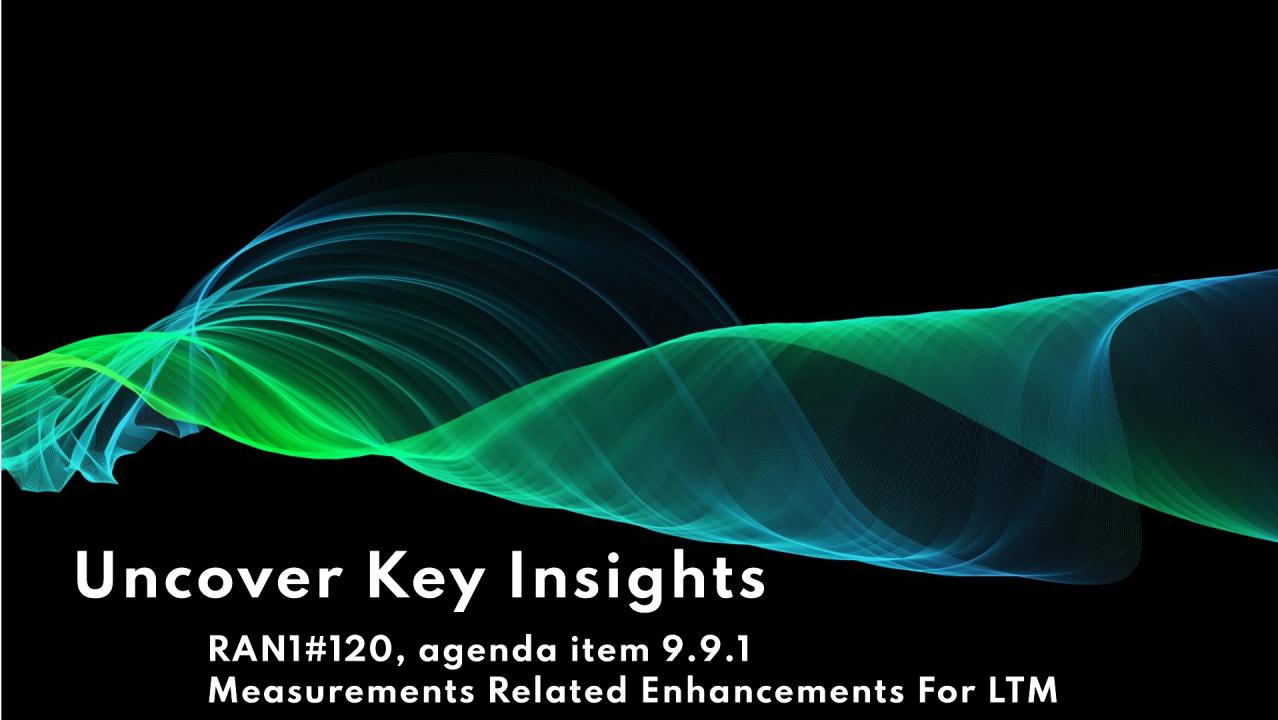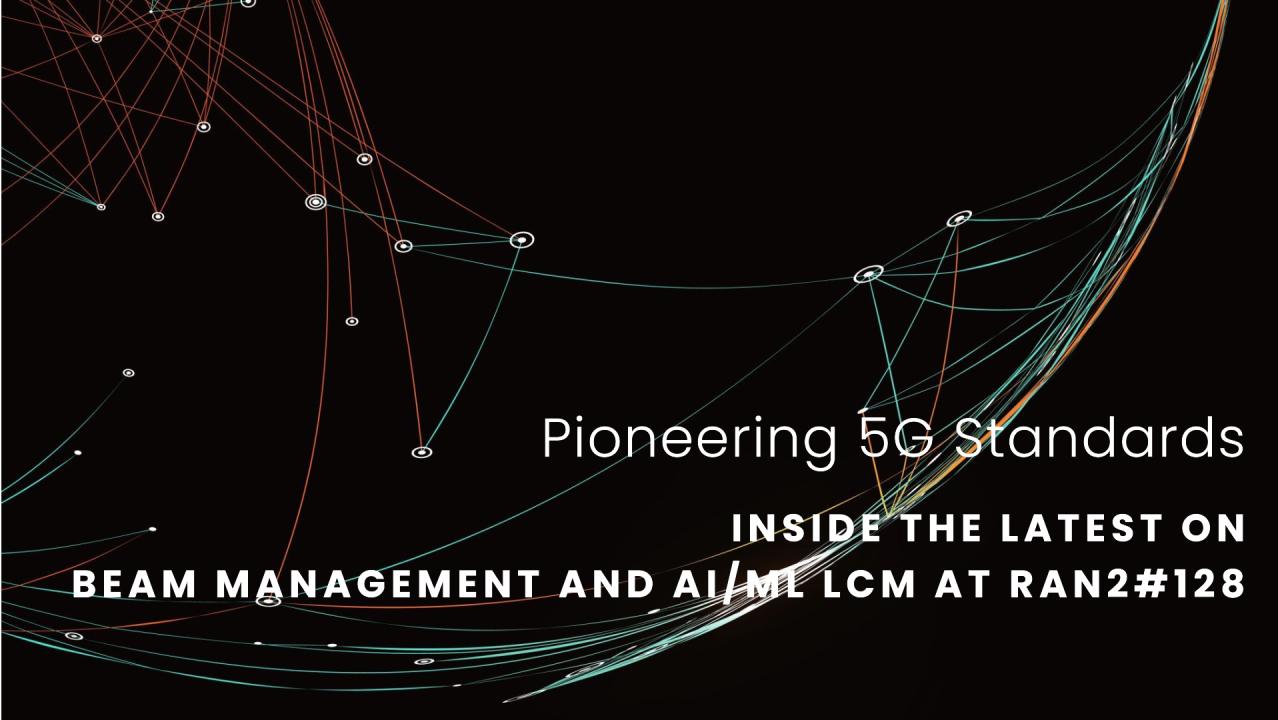The RAN#108 Blueprint Deconstructed: A Strategic Analysis of the Final 6G Study Item
As the dust settles from RAN#108 in Prague, the industry now has the approved 6G Study Item (RP-251881)—the first concrete blueprint for the next generation of wireless. While it's easy to focus on the individual technical objectives, a deeper look reveals a crucial strategic pivot that will define the success of our contributions for the next decade. The core insight from Wispro's analysis is this: The final 6G Study Item reveals a deliberate pivot from a collection of siloed features to a single, unified design philosophy that prioritizes long-term simplicity and harmonization. Here’s what that means for the 3GPP...
View all